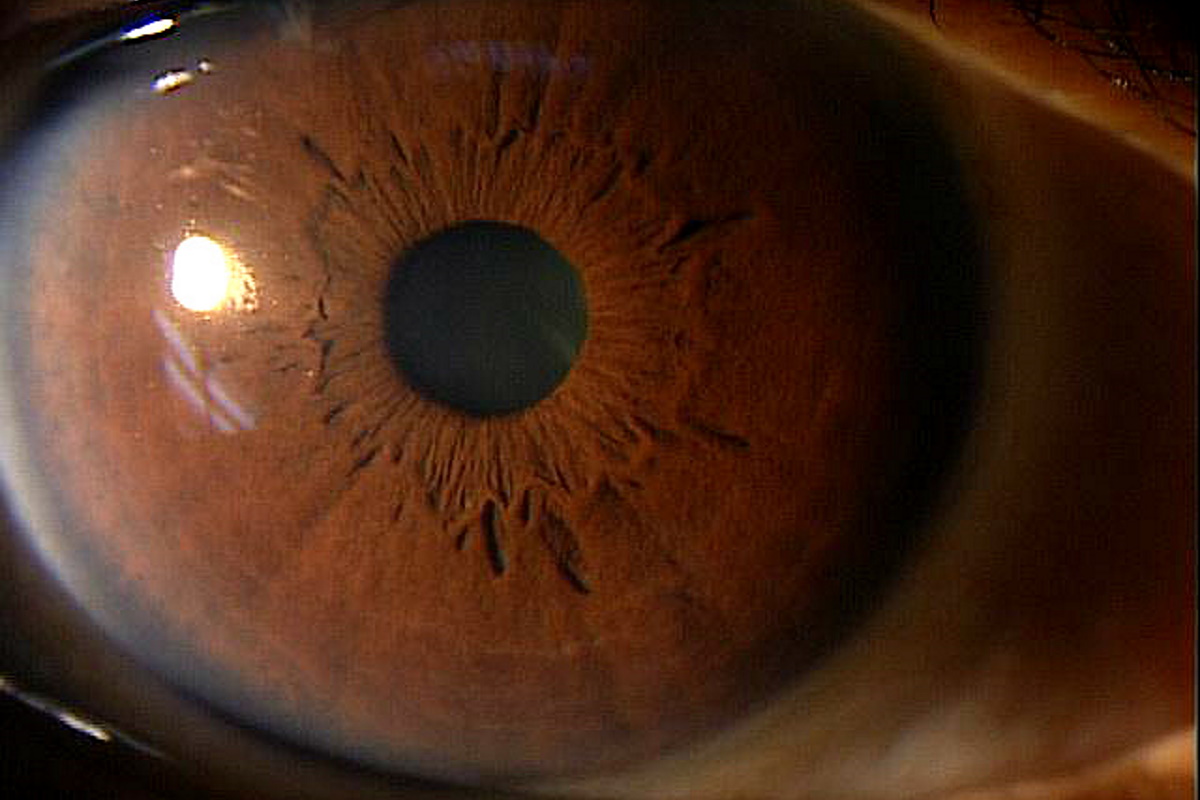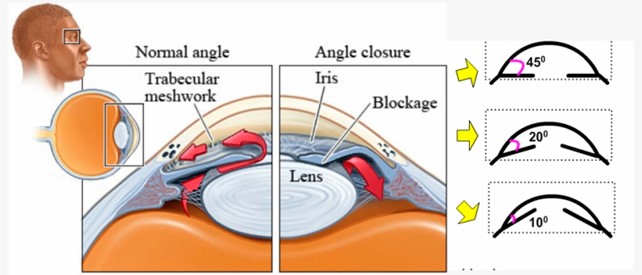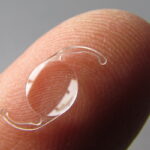
Narrow Angle Glaucoma (also known as Acute Glaucoma)
Narrow glaucoma occurs when your iris is very close to the trabecular meshwork in your eye and at risk of blocking the drainage angle. When the drainage angle gets completely blocked, the eye pressure rises very quickly resulting in an acute glaucoma attack causing the symptoms below. This is different from Open Angle Glaucoma where the symptoms are gradual and silent in nature.

Credit SanAntonioEyeInstitute
Symptoms
- Sudden painful red eye
- Sudden loss of vision
- Seeing haloes or rainbow-coloured rings
- Headache over the affected eye
- Nausea or vomiting
Treatment Options
Medication
- Eye medication using Miotics such as Pilocarpine will make your pupil constrict (smaller) so that the trabecular meshwork is able to drain more aqueous fluid out of your eye thereby reducing the eye pressure quickly. Sometimes, your doctor may need to prescribe other types of glaucoma eye medication on long term basis if the eye pressure still remains high
- Oral medication using Acetazolamide (such as Diamox) to reduce the production of aqueous fluid in the eye can also reduce the eye pressure quickly
- Intravenous medication using Mannitol reduces the eye pressure very fast by increasing urine production. It also reduced the blood pressure and therefore should only be used in very severe glaucoma cases
Click to view AAO video on Laser Iridotomy
Laser Treatment

Laser Iridotomy creates a tiny hole in the iris to help redirect the aqueous fluid flow and deepen the drainage angle.
Surgery

Surgical Iridectomy creates a larger (usually triangular shaped) hole in the iris to help redirect the aqueous fluid flow and deepen the drainage angle (see images above). This procedure may be done with a cataract surgery because removing the cataract can help deepen the drainage angle.
Post-treatment Care
- After laser treatment or surgery for glaucoma, you will need to apply eye medication as directed by your eye doctor to reduce the inflammation and/or reduce the eye pressure. You may also be given antibiotic eye drops to prevent infection after any surgical procedure
- Avoid strenuous exercise for a few days to reduce any risk of bleeding after the iridotomy or iridectomy
- Avoid applying any pressure or rubbing the eye after surgery
It is important to undergo Glaucoma Eye Examination by your eye doctor regularly (between every 3-6 months) to monitor your eye pressures (if you are at risk) and/or glaucoma control (if you are on glaucoma treatment).


Disclaimer. TELEME blog posts contains general information about health conditions and treatments. It is not intended to be a substitute for professional medical advice, diagnosis or treatment. The information is not advice and should not be treated as such.
If you think you may be suffering from any medical condition, you should seek immediate medical attention from your doctor or other professional healthcare providers. You should never delay seeking medical advice, disregard medical advice, or discontinue medical treatment because of information on this website.







